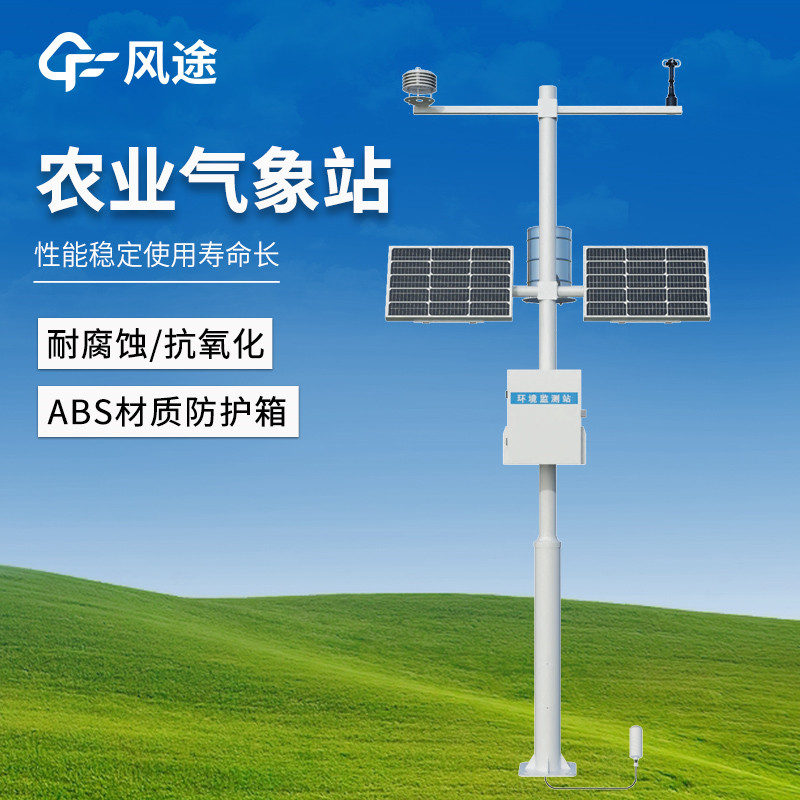A Farmland Weather Station can cover a certain area of farmland and observe meteorological elements within the farmland and its surrounding range. It is like providing farmers with a "visual tool" for remote observation, allowing them to gain an overall understanding of the meteorological conditions in large areas of farmland. For example, it can monitor information such as temperature, humidity, and wind speed at different locations in the farmland. Even if these locations are far apart, farmers can learn about the meteorological conditions everywhere through the data from the weather station, just like having "eyes" that can see into the distance.
The weather station continuously collects data, real-time acquiring field meteorological information regardless of day or night, summer or winter. Farmers are like having all-weather "monitors" to check the meteorological dynamics of the farmland at any time. For instance, when there are signs of extreme weather approaching, the weather station can send signals to farmers in advance, enabling them to anticipate potential dangers and take corresponding measures to reduce losses, as if spotting risks ahead of time.
Based on this accurate data, farmers can reasonably arrange sowing times to avoid sowing when temperatures are unsuitable, which could prevent crops from germinating normally. They can also determine irrigation schedules according to precipitation conditions to ensure crops receive adequate water during growth. It is as if the weather station provides farmers with "clairvoyant eyes" to identify conditions suitable for crop growth, making agricultural production more scientific, precise, and efficient.

Article address:https://www.sqqx.net/en/news/659.html

 +86 15898932201
+86 15898932201



